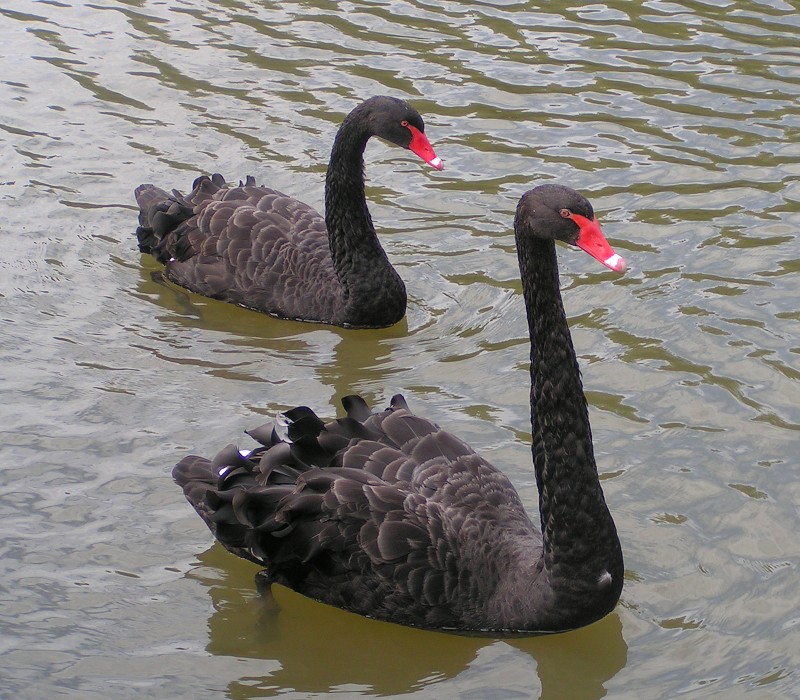That caught your attention, didn’t it?
I bought a book off Amazon years ago, not knowing entirely what it was about. It could have been partially attributed to the discovery of buying stuff over the Internet, but the title did beckon at me from my computer screen.

This is the book in question; “Biological Exuberance: Animal Homosexuality and Natural Diversity” by author Bruce Bagemihl. It touches on the topic of animal behaviour that continues to debated by many scientists. And while there is plenty of evidence, it is difficult to extrapolate this evidence because of the human tendency to anthropomorphise such behaviour. Author Bruce Bagemihl himself highlights it in his book in the introductory passages.
So what about animal homosexuality? There is no reproductive benefits for two conspecific males to be engaging in reproductive behaviour with each other, with the exception of Sea Hares (Aplysia species and related genera) that are mostly hermaphrodites. What is the purpose of animal homosexuality?
Most observed cases of animal homosexuality occurs in animal groups with some form of social structure. For example, when male lions (Panthera leo) come of age, they are chased away from the pride they grew up in and begin a nomadic lifestyles until they find their own pride. Male lions have been reported to form pair-bonds with other solitary male lions, displaying affectionate activity with each other like mutual grooming, rubbing of heads and, in some cases, sexual activity between two males occurs. The same thing can be said about female lions as well.
There is no reproductive benefit among homosexual pair-bonds, but eventually, when a nomadic male lion finally becomes a resident in a pride, they have extraordinarily high heterosexual copulations with females, and vice versa.

In 2004, two male chinstrap penguins (Pygoscelis antarcticus) at New York’s Central Park Zoo made news when they were observed to have exhibited pair-bonding behaviour with each other already for six years running. Wild birds have also been observed such activity, the most notable being swans. Black swans (Cygnus atratus) and mute swans (Cygnus olor) have know to form homosexual pair-bonds and still exercise nest-building and (in females) egg-laying behaviour (even though the eggs are infertile).
So what is the benefit of homosexuality in animals? It has been noted that homosexual pair-bonds occur most frequently in animals that are rely heavily on social interaction or in unnatural environments (for example, zoos). There may be some benefit for animals that pair-bond. Taking male nomadic lions that pair-bond as an example, nomadic lions that stick together often have a higher chance of survival compared to a nomadic lion roaming by itself. Some birds that pair-bond share duties, such as foraging for food or protecting the nest, behaviour that may normally often identified in normal heterosexual pair-bonds.
Ultimately, animal homosexuality should not be viewed as an abnormality but as an aspect of biodiversity that is just waiting to be uncovered. There are still many questions to be asked and new aspects of the diversity of the animal kingdom (and ultimately, ourselves) still left to be discovered. Until then, all we can do is to marvel at why some animals do the things they do.
References
- Bagemihl, Bruce. Biological Exuberance. Stonewall Inn Editions, 2000. Print.
- Meyer-Bahlburg, Heino F. L. “Sex hormones and male homosexuality in comparative perspective.” Archives of Sexual Behavior 6.4 (1977): 297-325. Web. 8 Apr 2010. <http://www.springerlink.com.libproxy1.nus.edu.sg/content/g4757213w9045228/>.
- “Aplysiomorpha.” 2010. Web. <http://en.wikipedia.org/wiki/Aplysiomorpha>.
- “Homosexual behavior in animals.” 2010. Web. <http://en.wikipedia.org/wiki/Homosexual_behavior_in_animals>.
- Owen, James. “Homosexual Activity Among Animals Stirs Debate.” National Geographic News 23 July 2004: n. pag. Web. 8 Apr 2010. <http://news.nationalgeographic.com/news/2004/07/0722_040722_gayanimal.html>.
- “Book Cover Page.” Web. 9 Apr 2010. <http://jacketupload.macmillanusa.com/jackets/high_res/jpgs/9780312253776.jpg>.
- “Two Giraffes.” Web. 9 Apr 2010. <http://en.wikipedia.org/wiki/File:Two_Giraffes.PNG>.
- “Black swans.” Web. 9 Apr 2010. <http://en.wikipedia.org/wiki/File:Black_Swans.jpg>.
- “Two male mallards.” Web. 9 Apr 2010. <http://en.wikipedia.org/wiki/File:Males_Anas_platyrhynchos_2_.jpg>.

